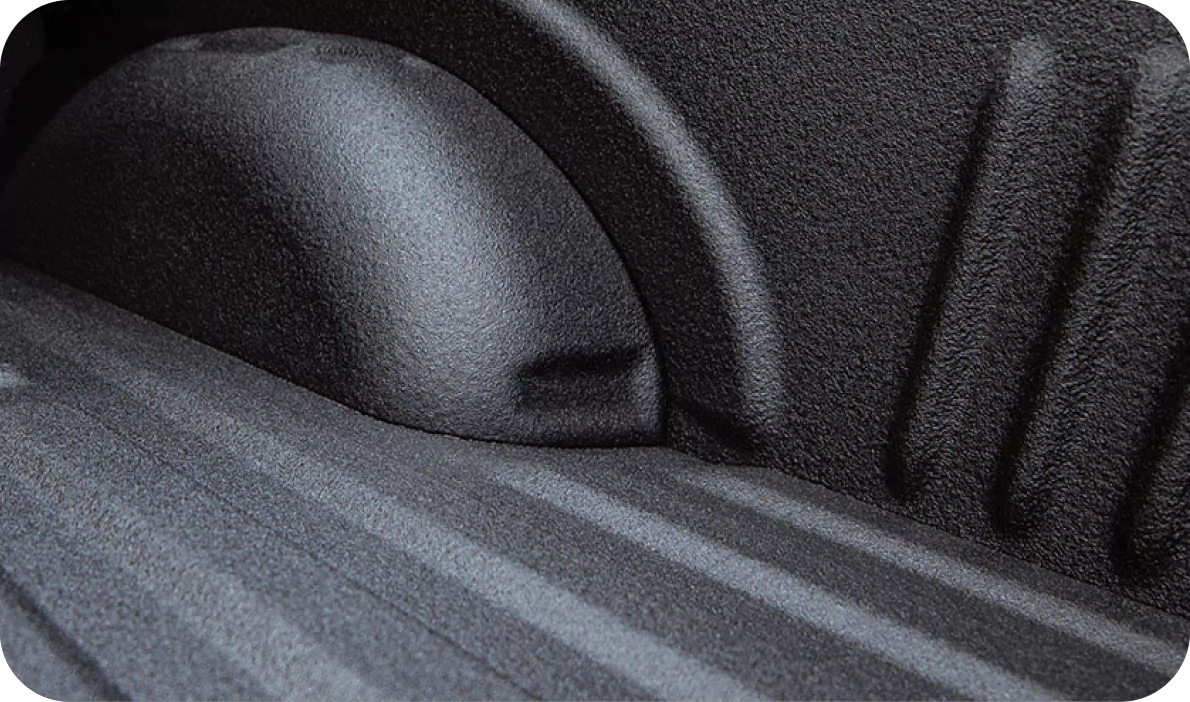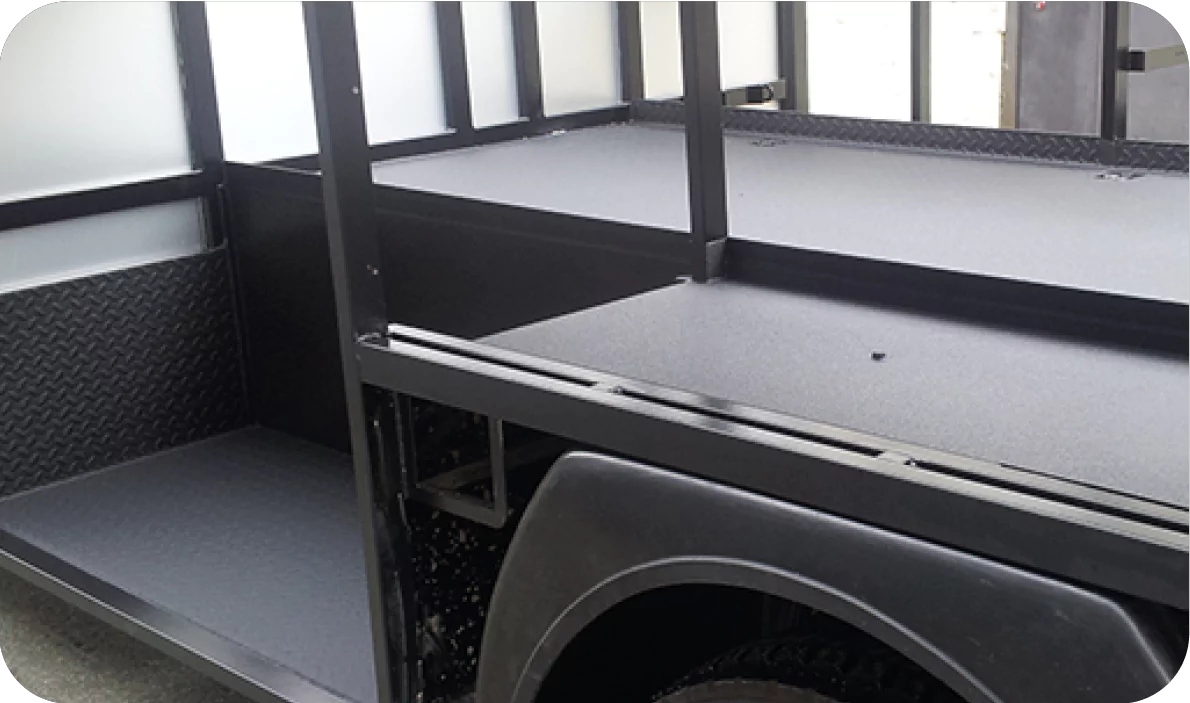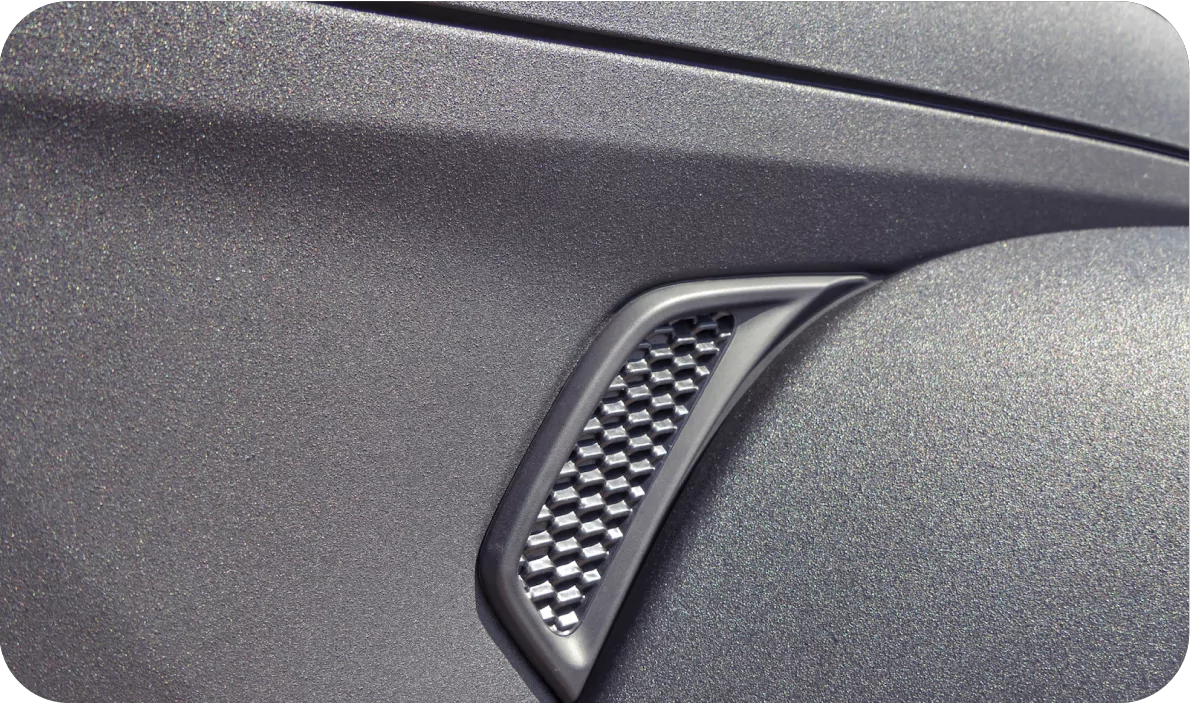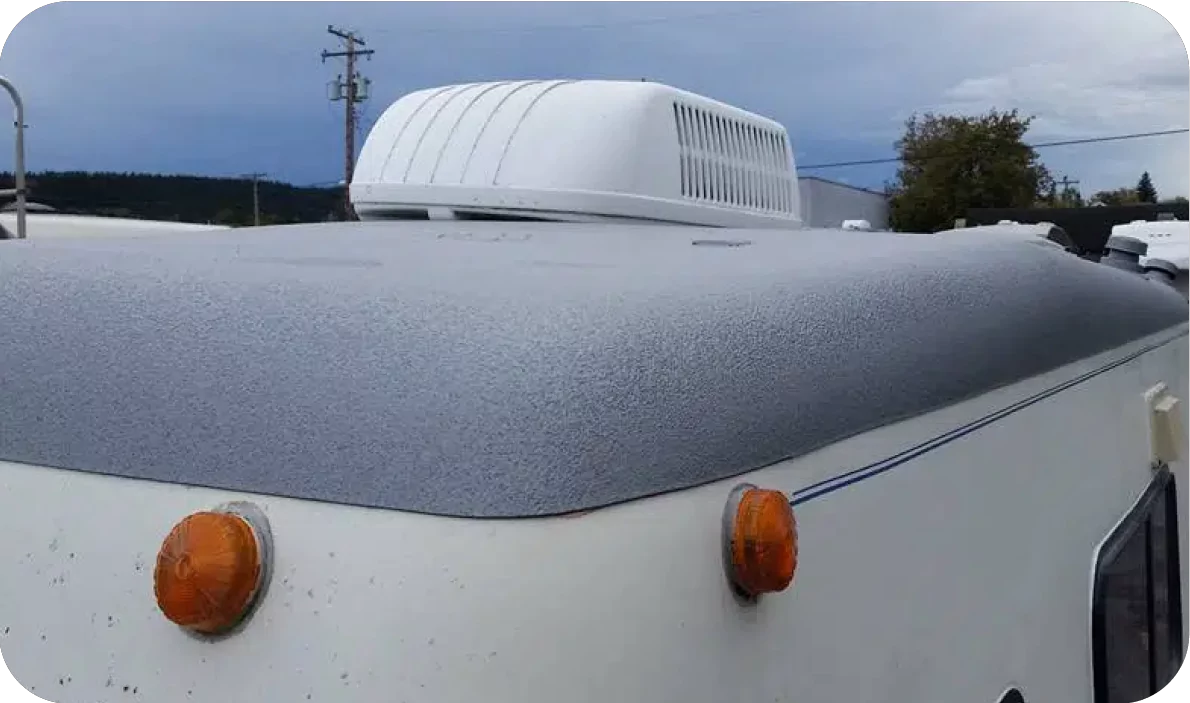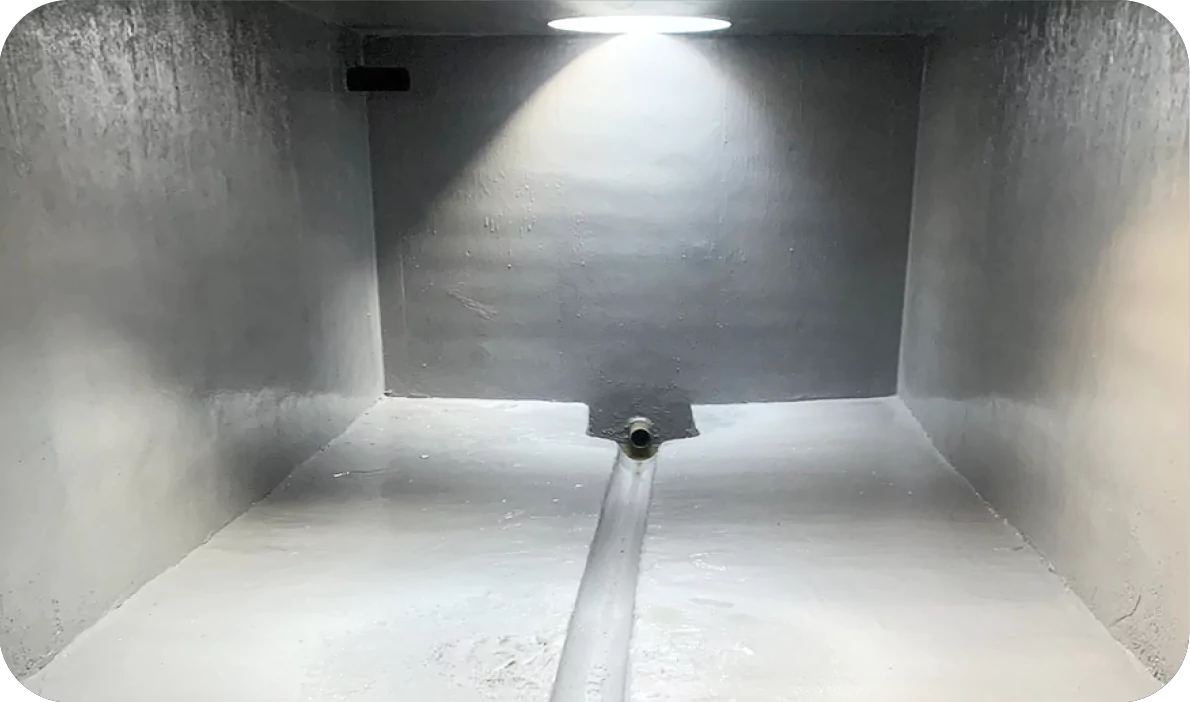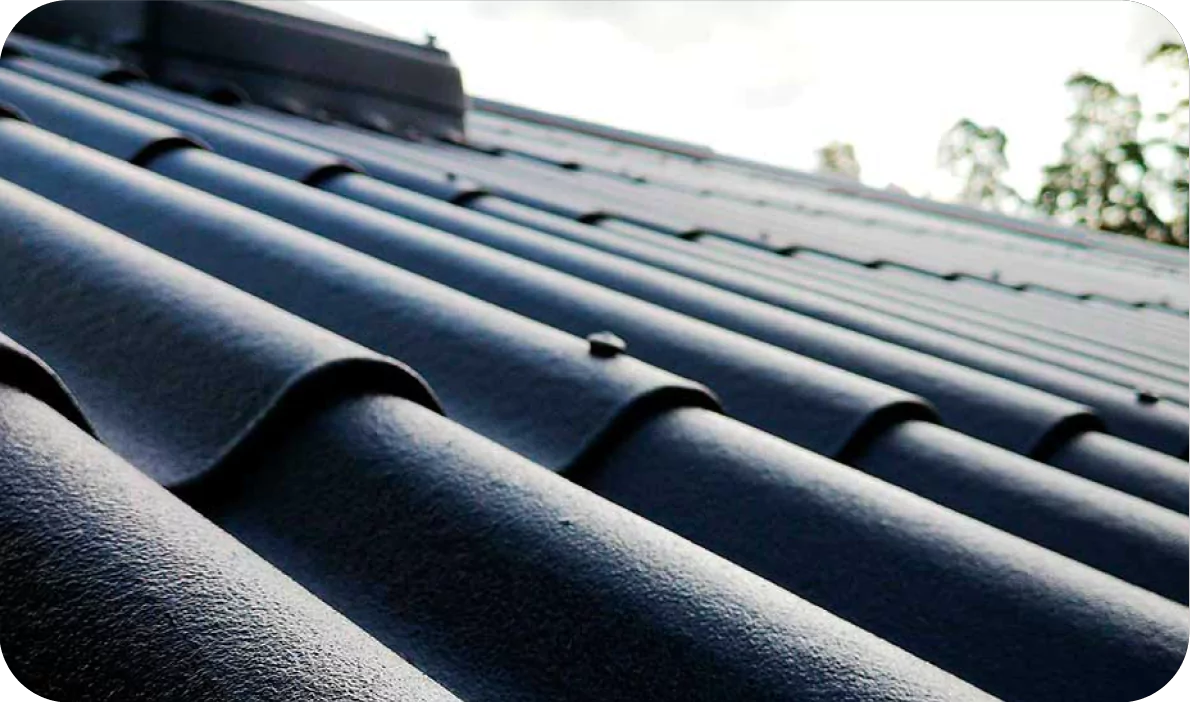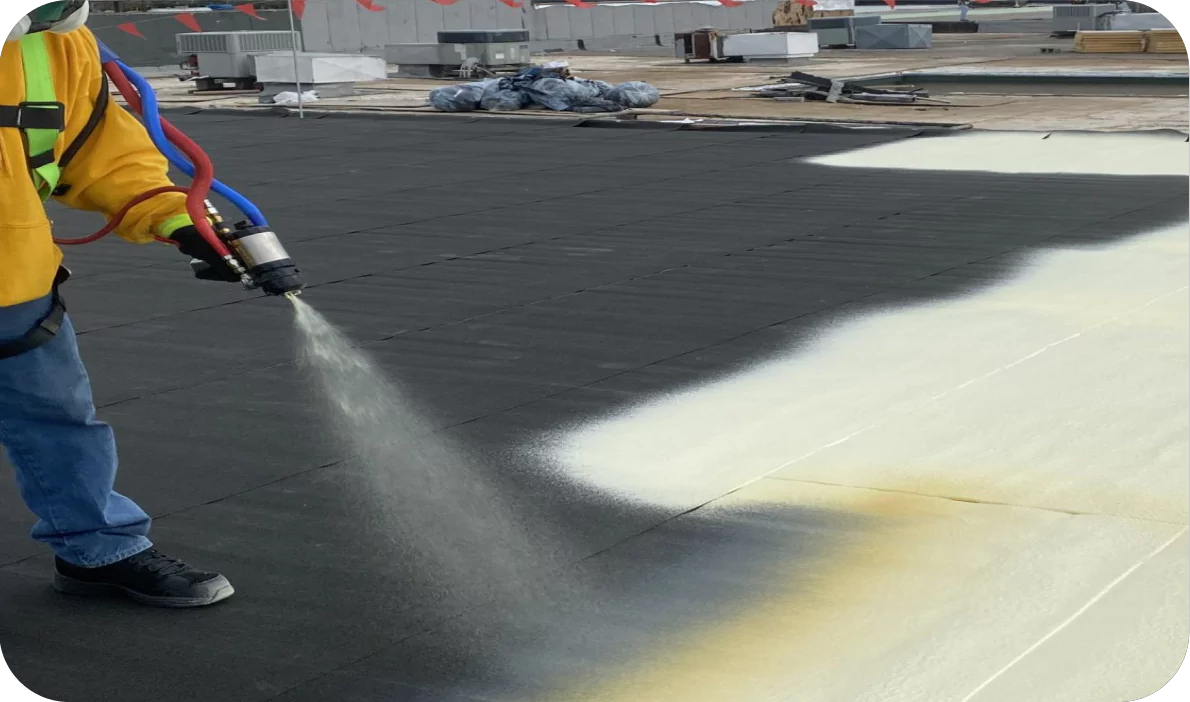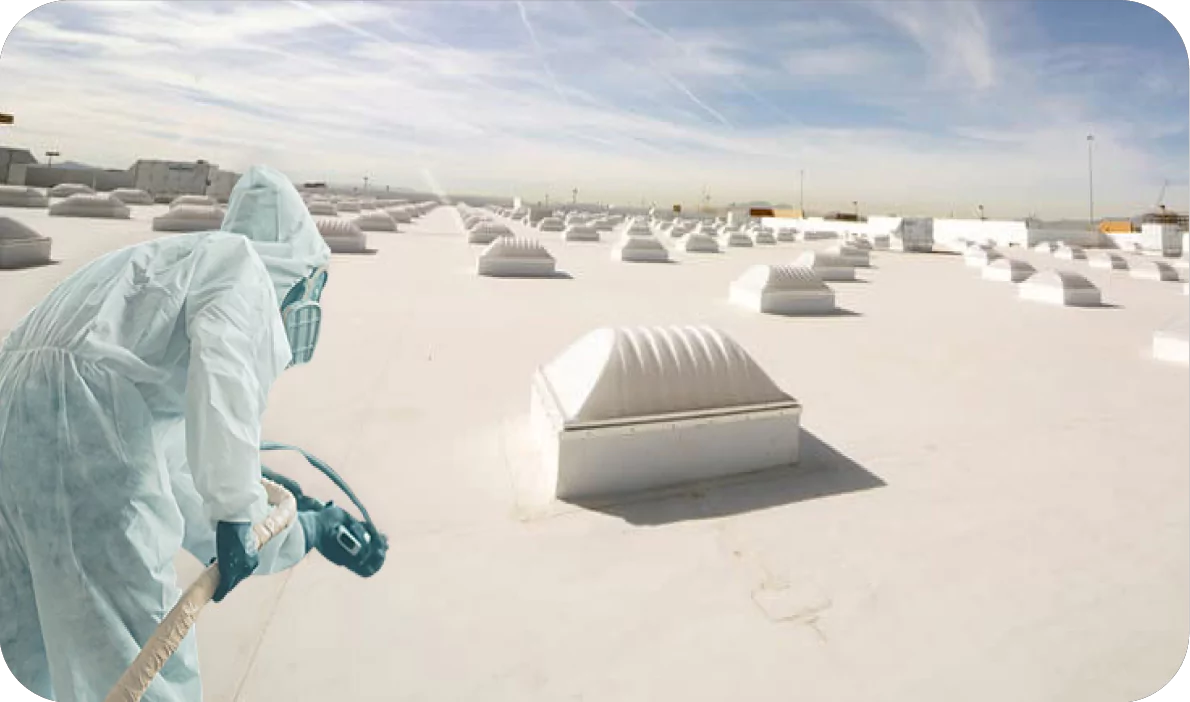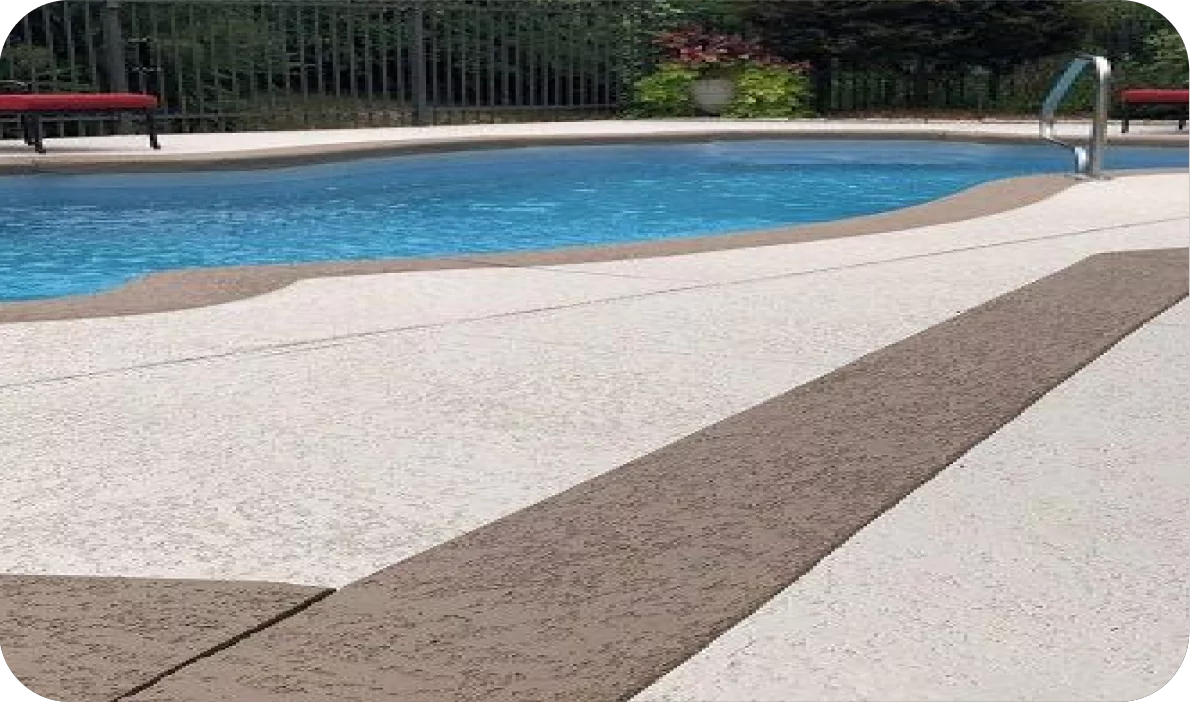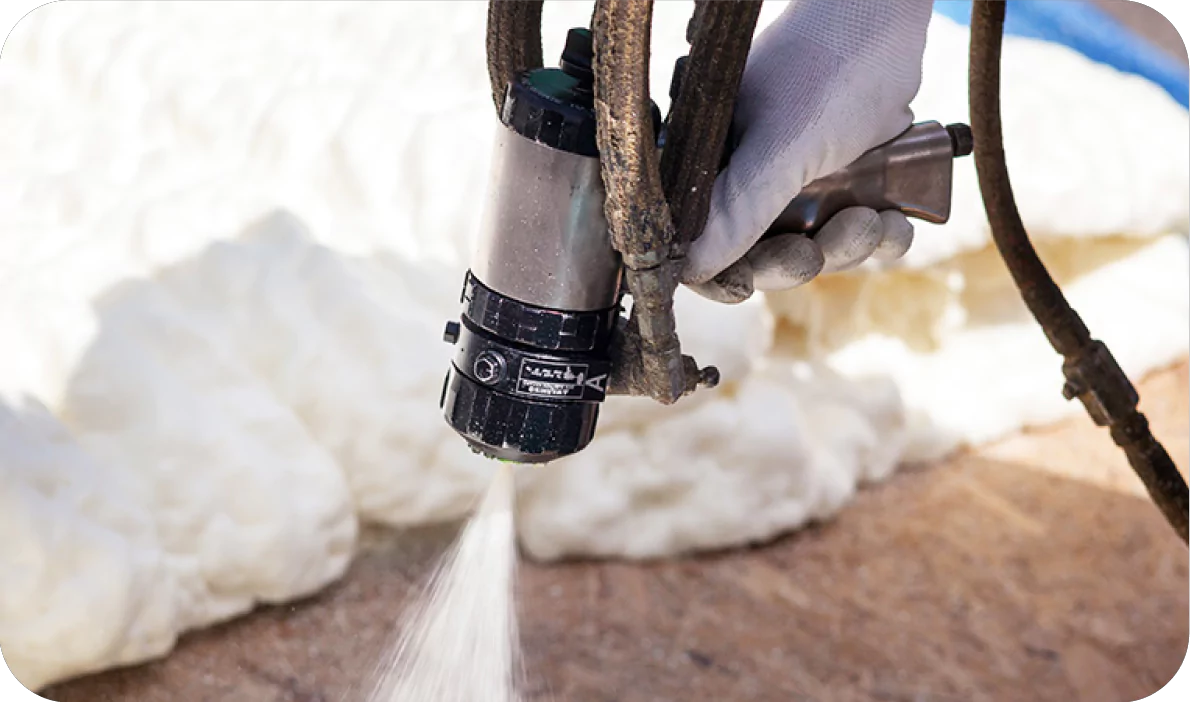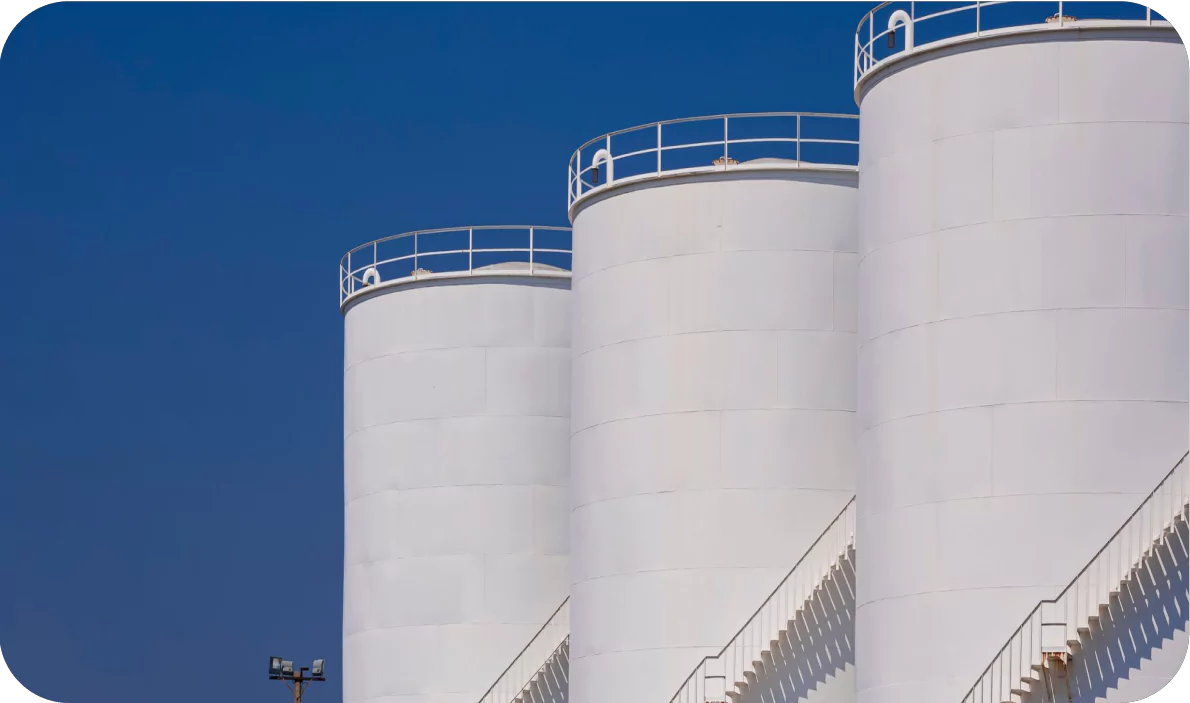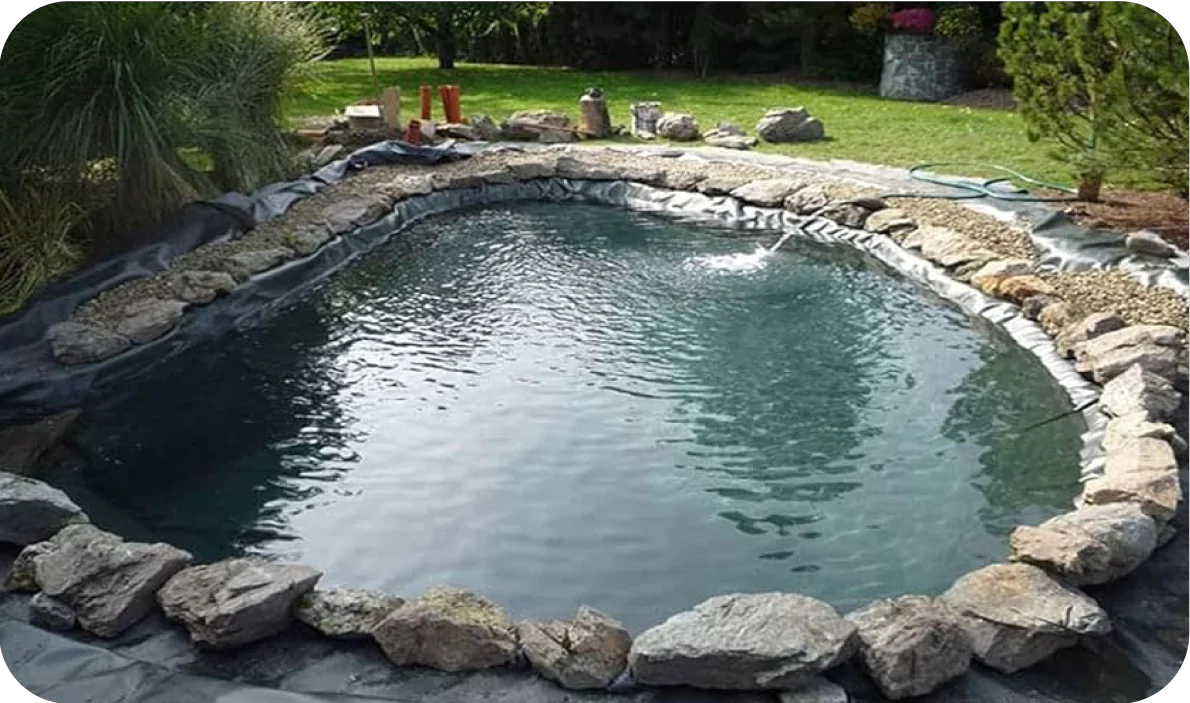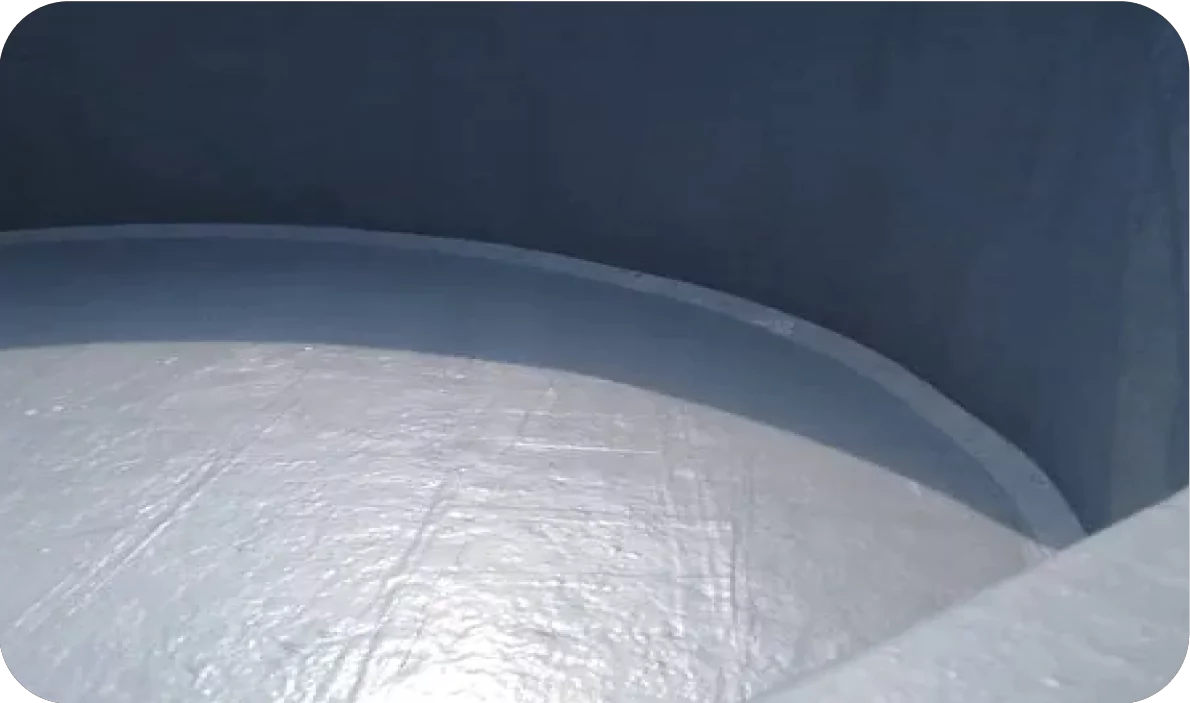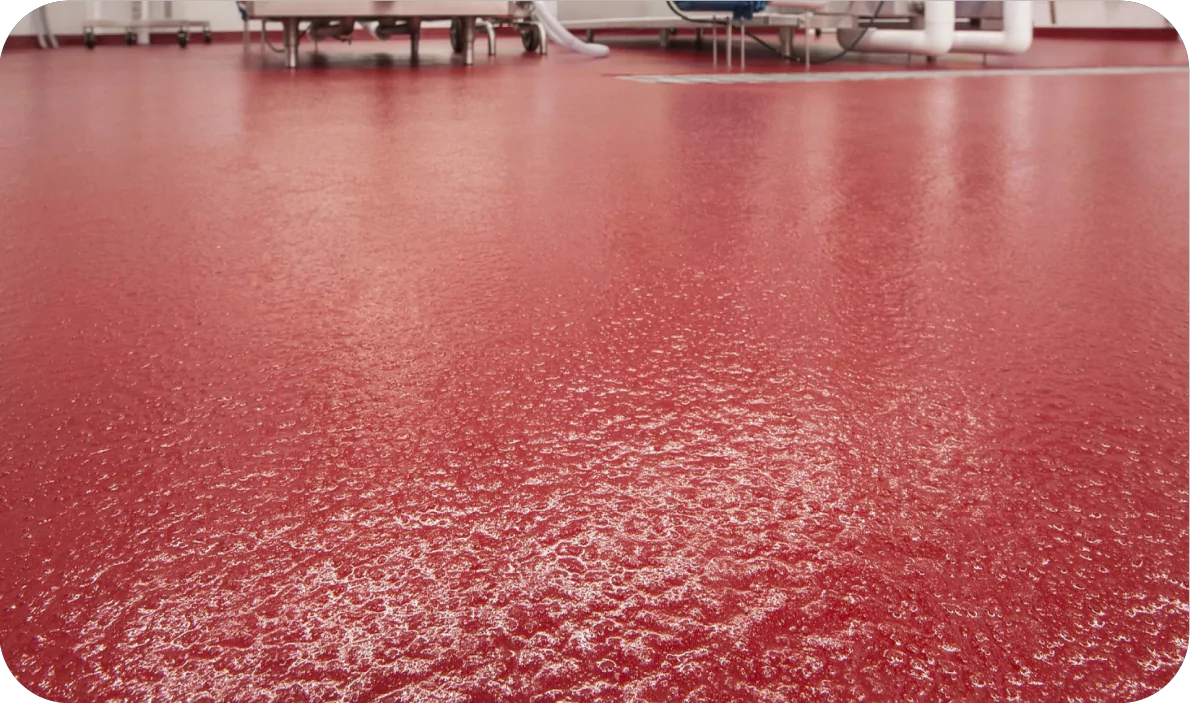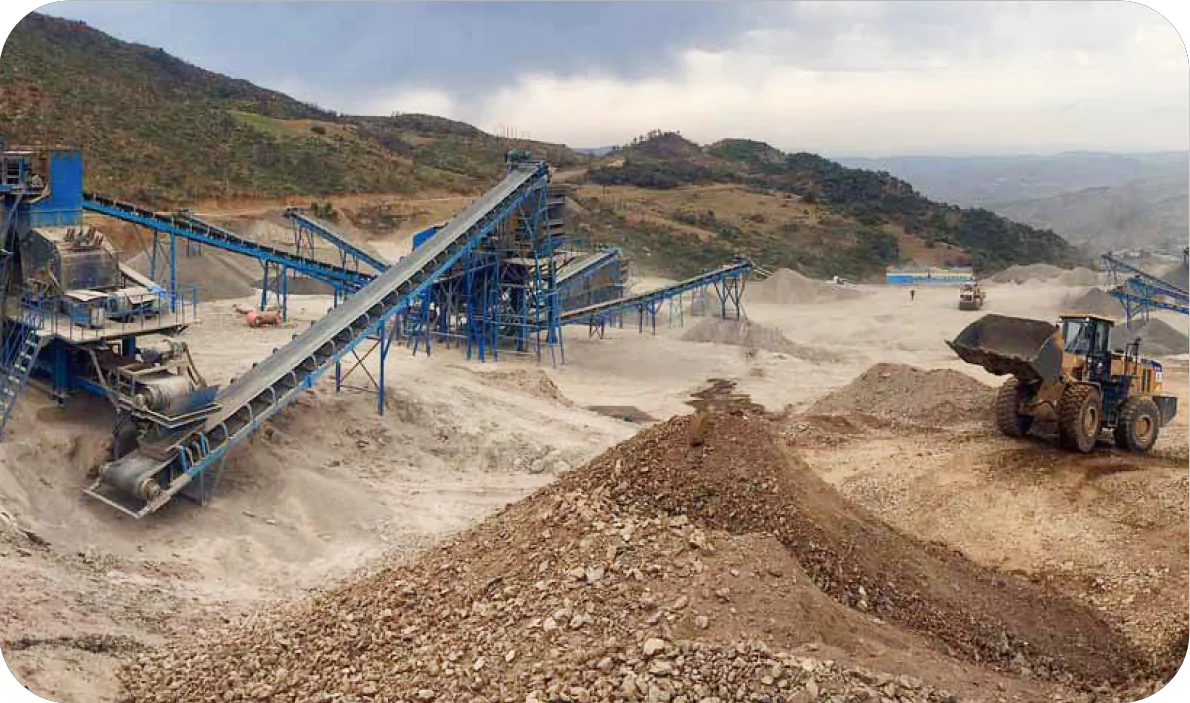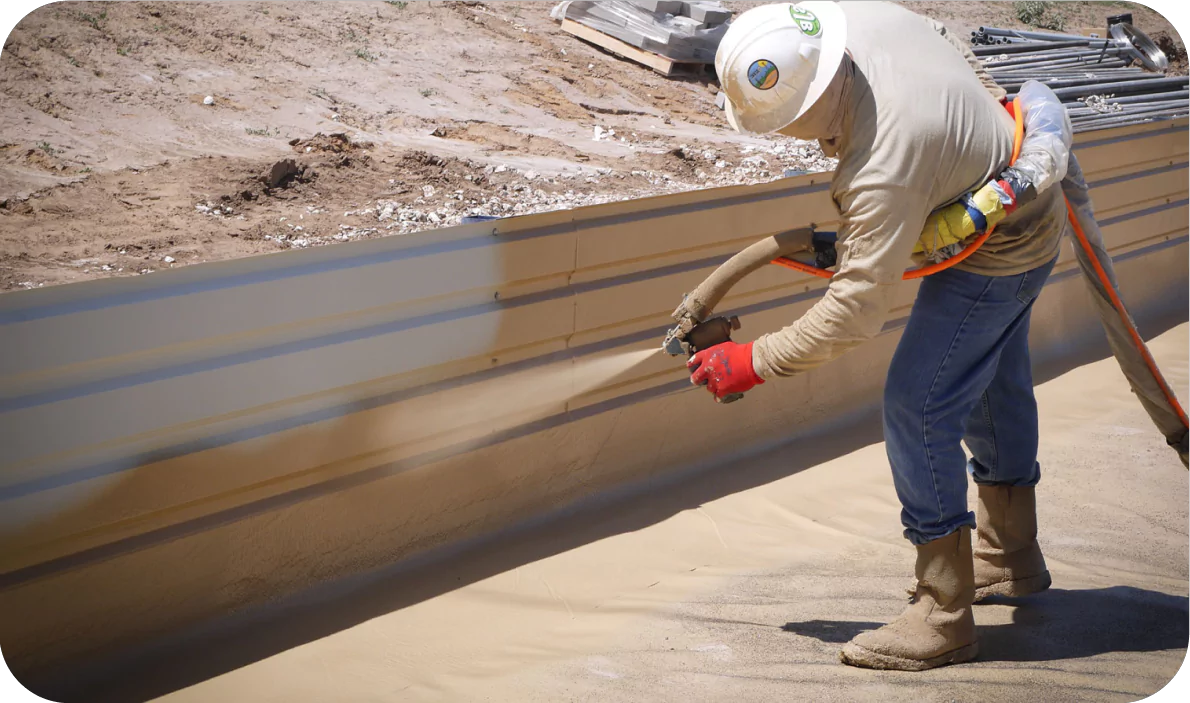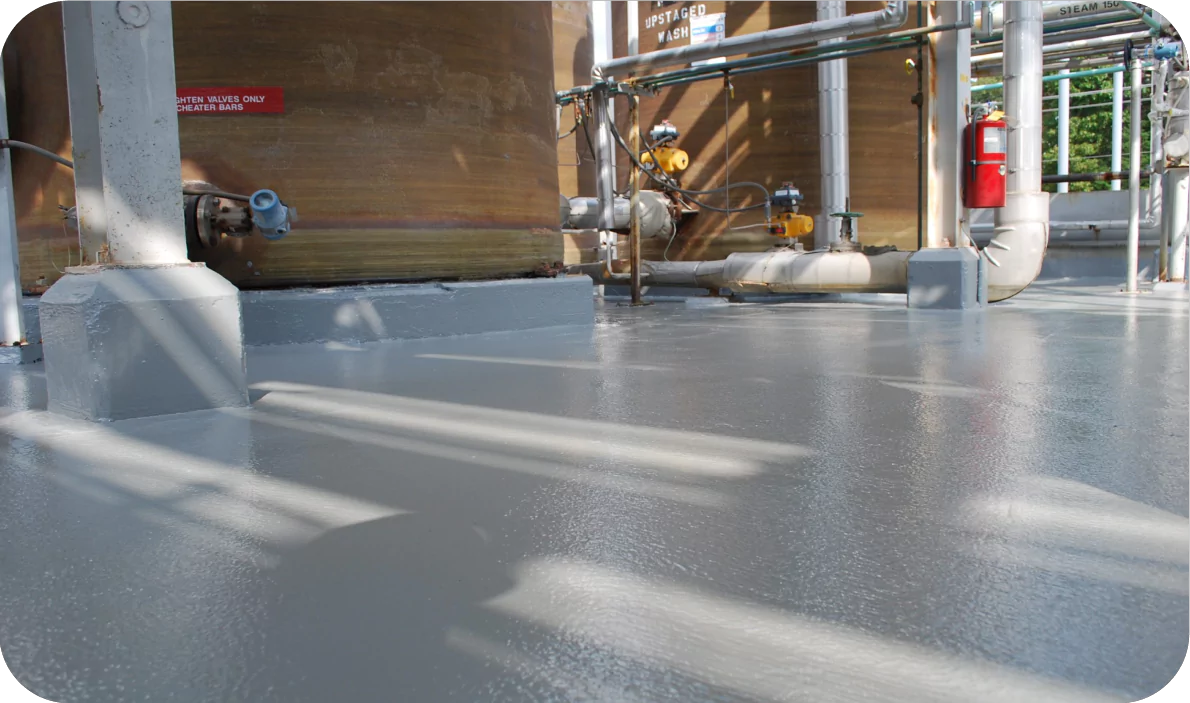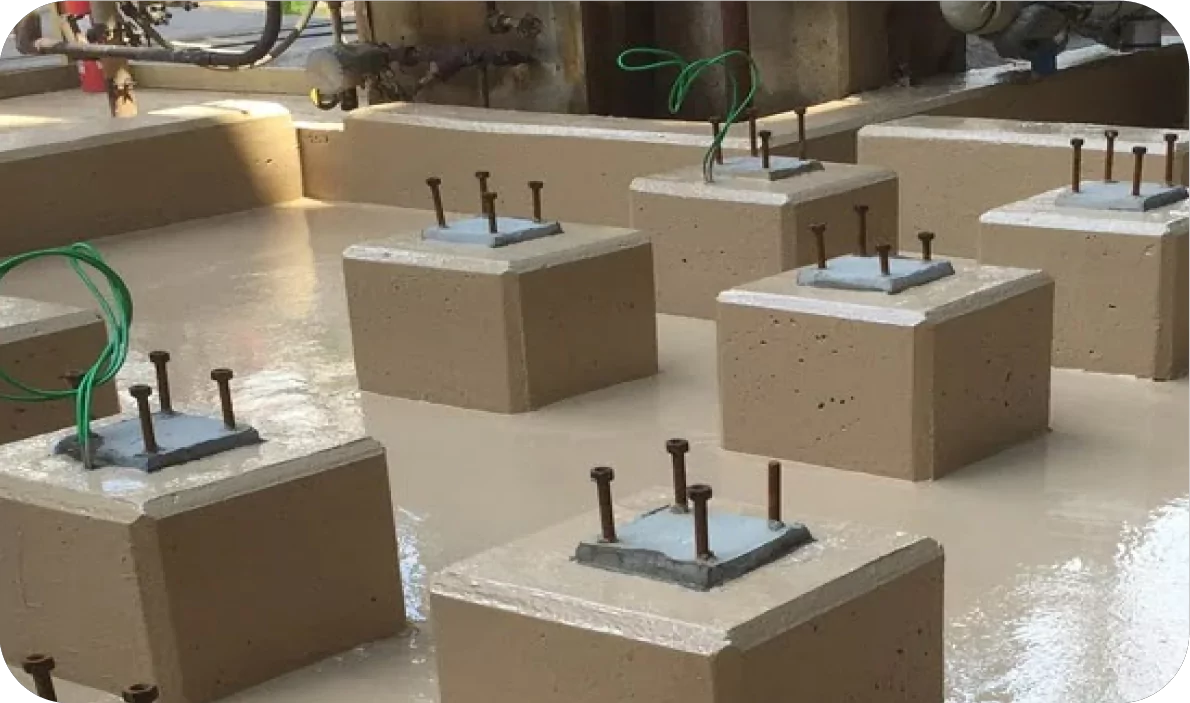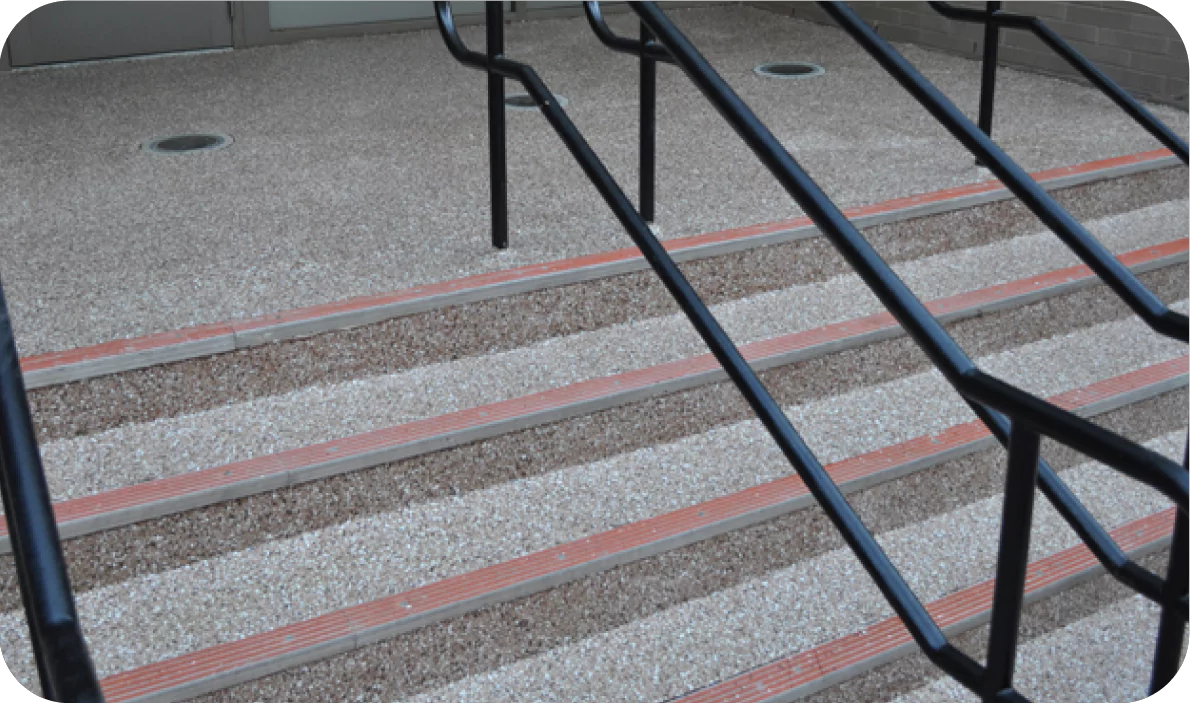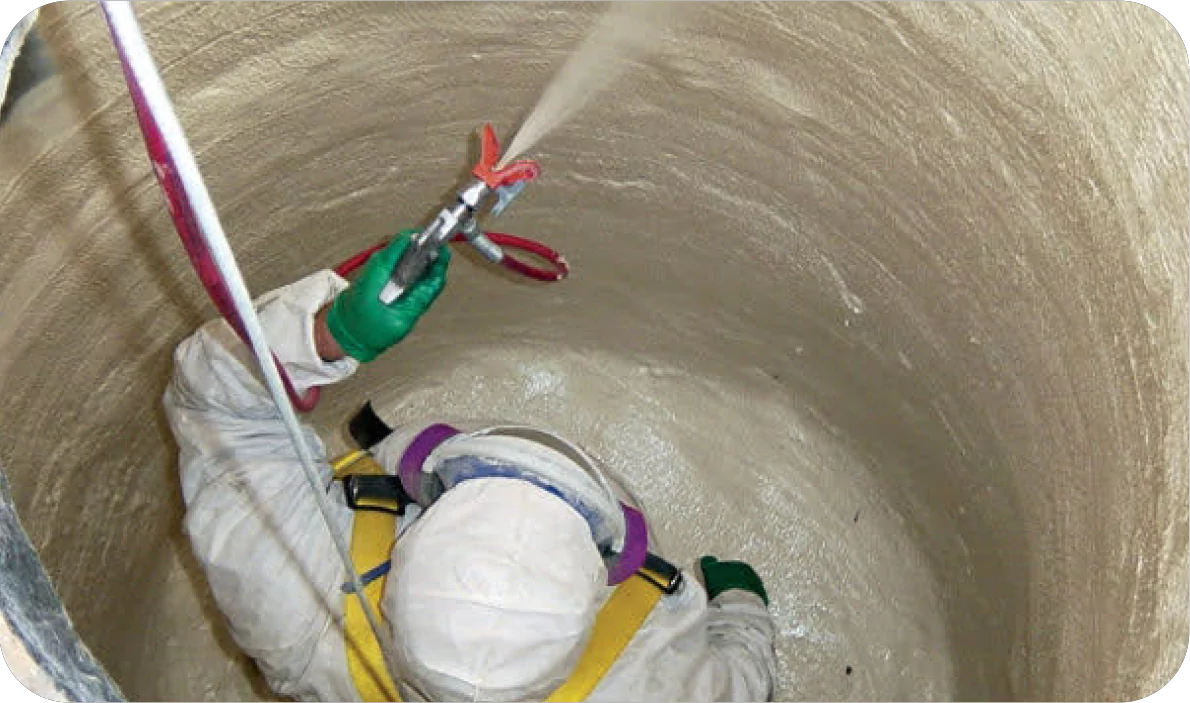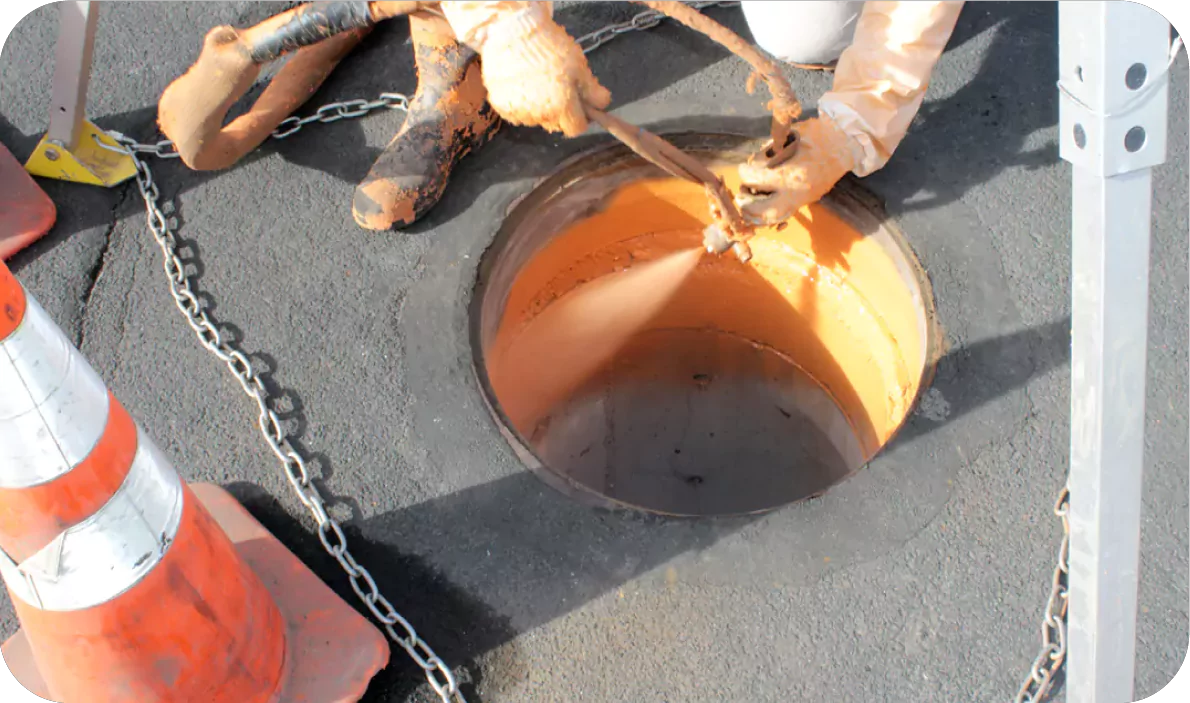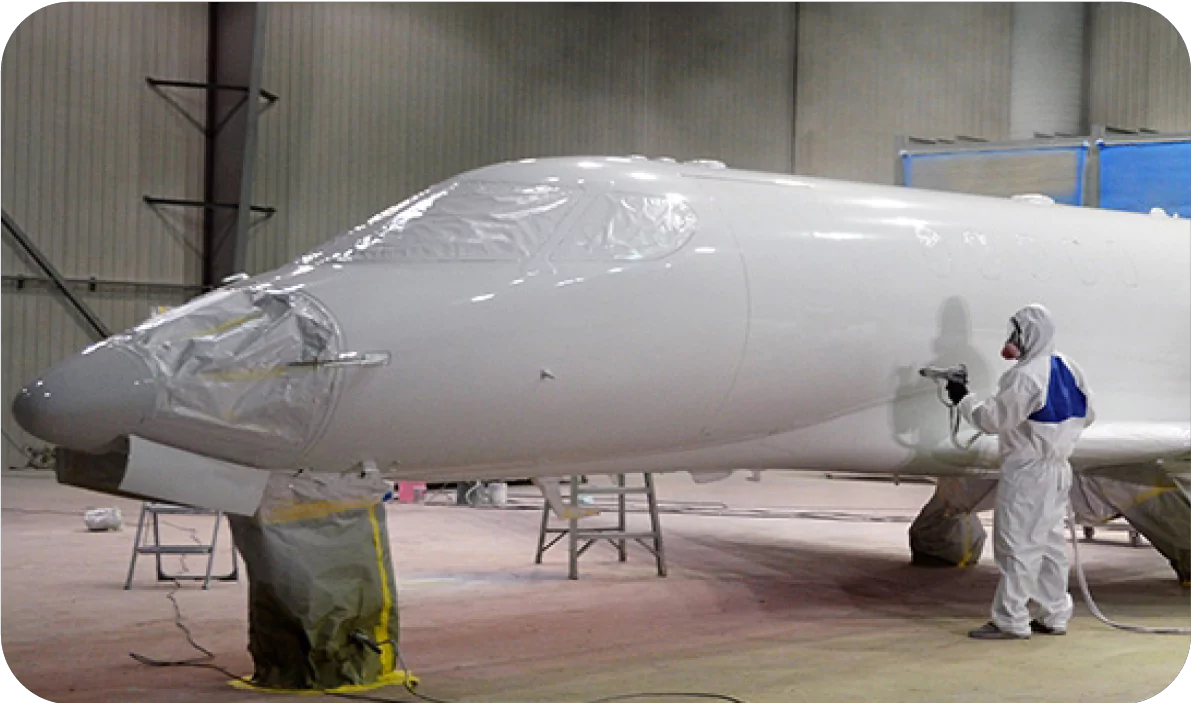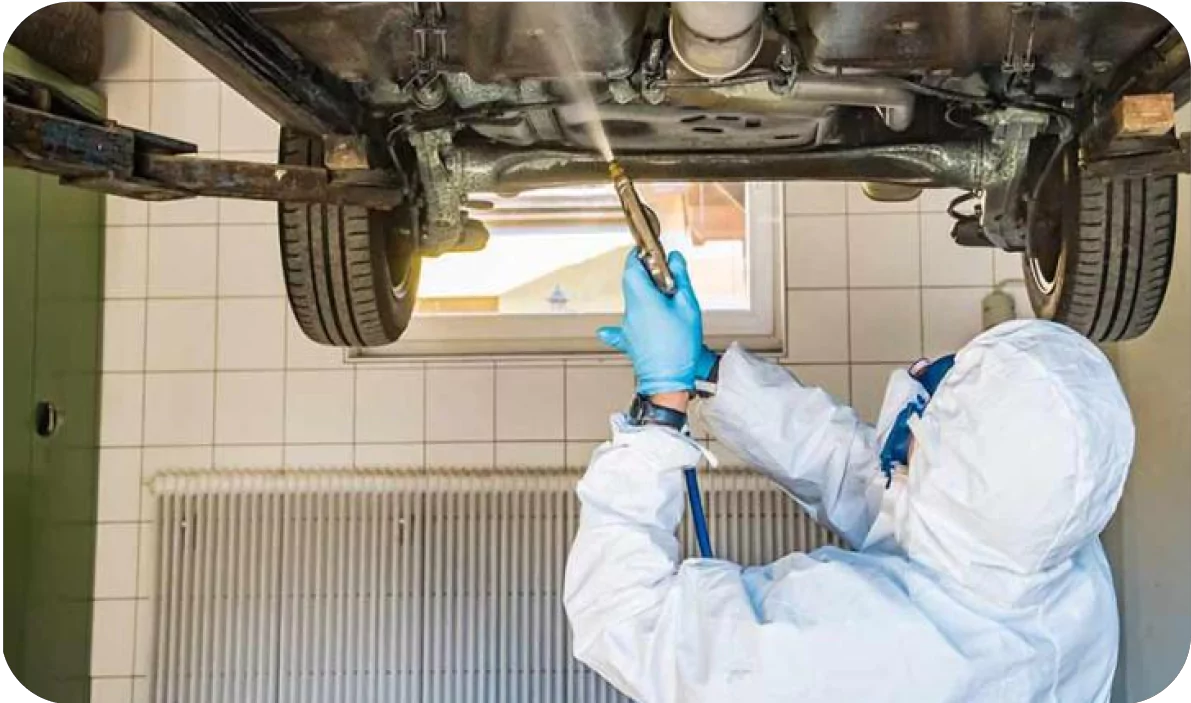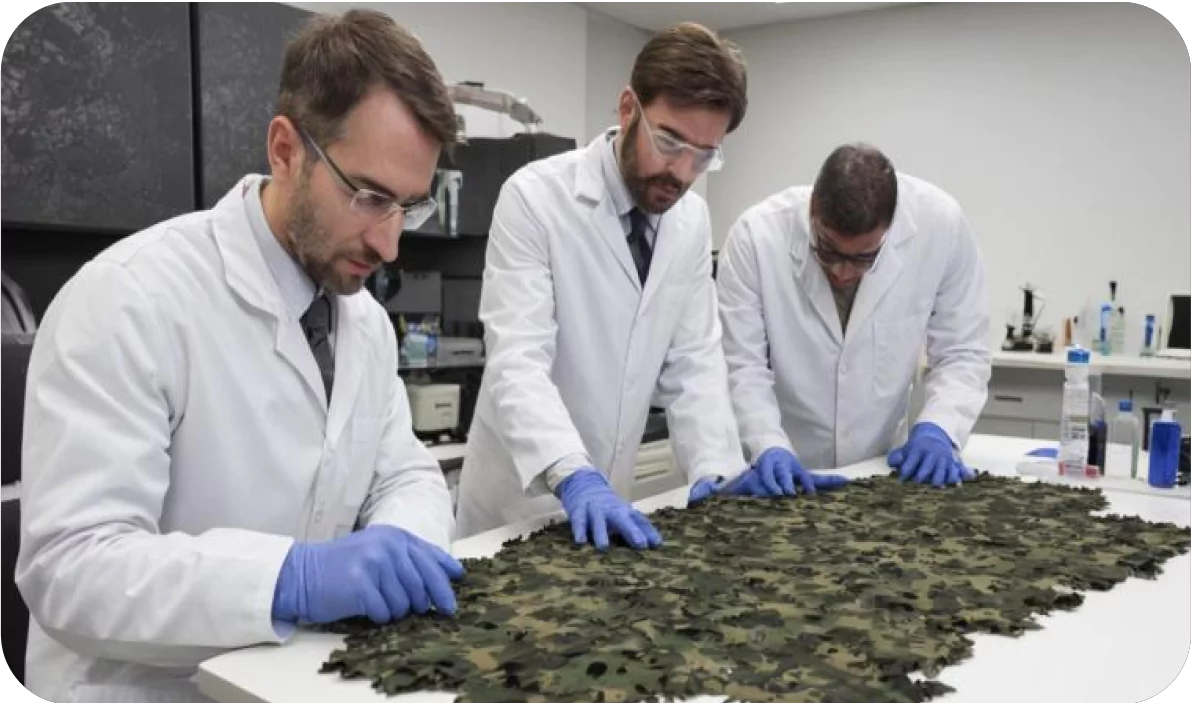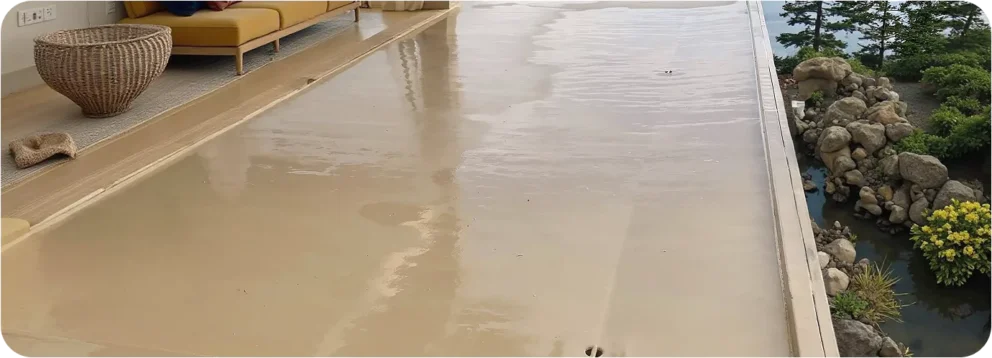APPLYING SPRAY
FOAM INSULATION IN
COLD WEATHER
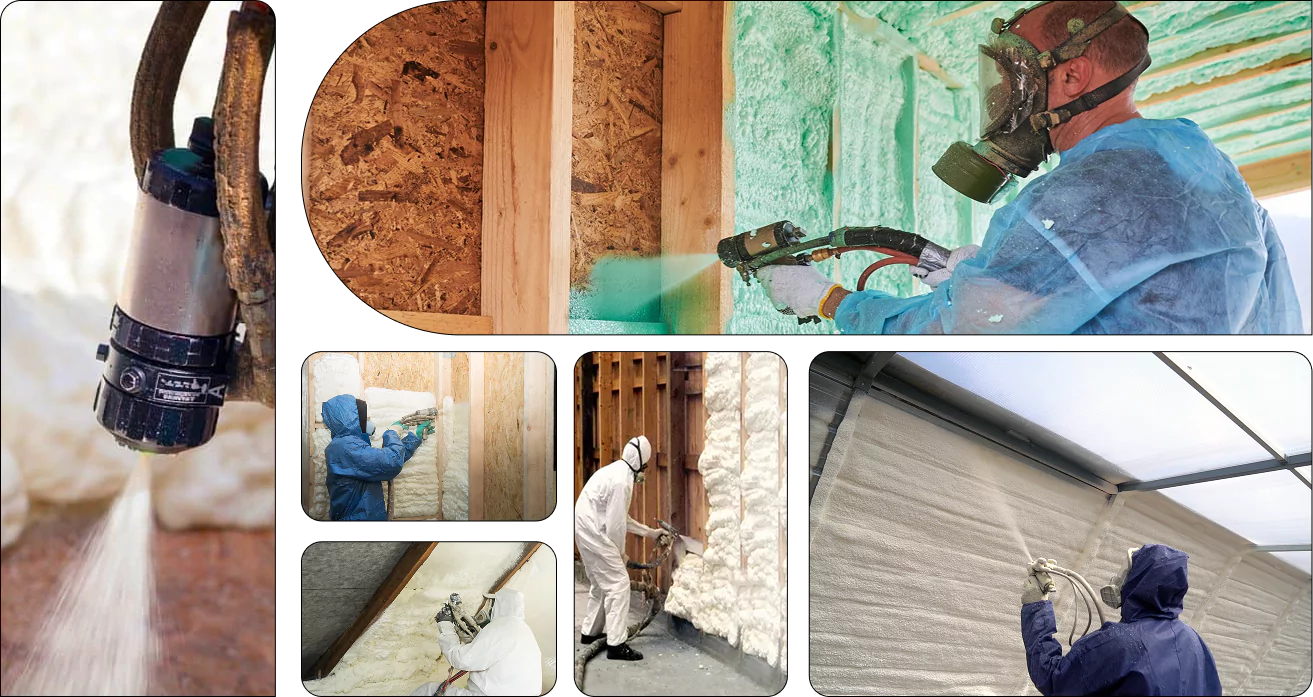
APPROPRIATE SPRAY FOAM INSULATION SAFEGUARDS
With more customers requesting spray foam insulation for their homes and business, contractors are eager to learn more about the benefits of spray foam. Many have realized the valuable benefits of spray foam as the cold temperatures have begun to set in, which resulted in inquiries from contractors wanting to determine how to keep their foam products functional in temperatures not conducive to its function and storage.
If you notice an uptick in customers requesting spray foam, you might be searching for suggestions to keep spray foam insulation in the best and most efficient state when in cold temperatures. Not doing the appropriate safeguards could be costly for product loss and lost time as you search for another solution.
If you notice an uptick in customers requesting spray foam, you might be searching for suggestions to keep spray foam insulation in the best and most efficient state when in cold temperatures. Not doing the appropriate safeguards could be costly for product loss and lost time as you search for another solution.
CAN YOU SPRAY
FOAM INSULATION
IN COLD WEATHER?
CAN YOU SPRAY FOAM INSULATION
IN COLD WEATHER?
Heating the material to the manufacturer’s specified SDS temperatures is crucial for proper application. If ambient temperatures or material temperatures and substrate levels are not high enough, spray foam does not raise or bond with the substrate enough to achieve the desired results. Also, if the foam isn’t kept at the right temperature before the application process, it’ll have lower viscosity and not produce a product that will efficiently serve its purpose.
Too low temperature can cause the material to break down and result in the spray foam being wasted or diminished effectiveness.
While cold weather is not ideal for successful spray foam application projects don’t need to be shut down during cold Weather – assuming specific measures are taken to maintain the foam’s temperature, as well as the substrate.
Too low temperature can cause the material to break down and result in the spray foam being wasted or diminished effectiveness.
While cold weather is not ideal for successful spray foam application projects don’t need to be shut down during cold Weather – assuming specific measures are taken to maintain the foam’s temperature, as well as the substrate.
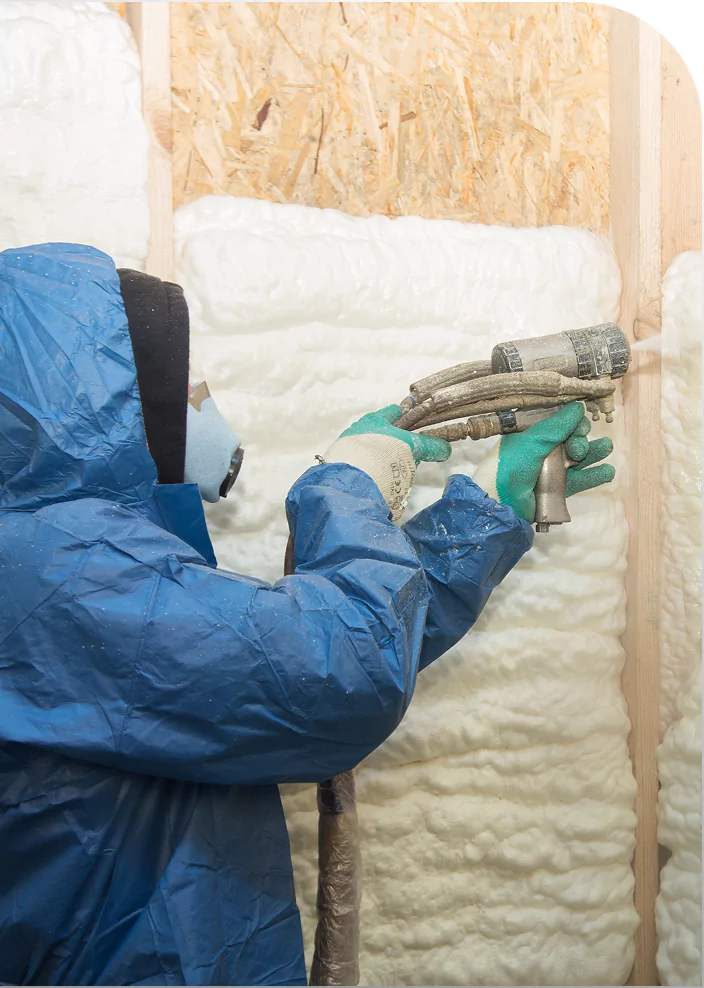
WHAT KIND OF MATERIAL FOR SPRAY FOAM SHOULD I CHOOSE FOR COLD WEATHER?
The best spray foam to use for cold temperatures will be closed-cell foam. While open-cell foam can be the best choice due to its large size can fill in a variety of difficult areas to access and thus effectively heat-proofing and soundproofing walls; however, it is not as well-suited to the demands that come with cold temperatures. That means that it will take much more work and effort to keep open-cell foam at the ideal temperature for usage, where areas the closed-cell foam can be more readily formulated into cold weather bonds and stand up to lower temps.
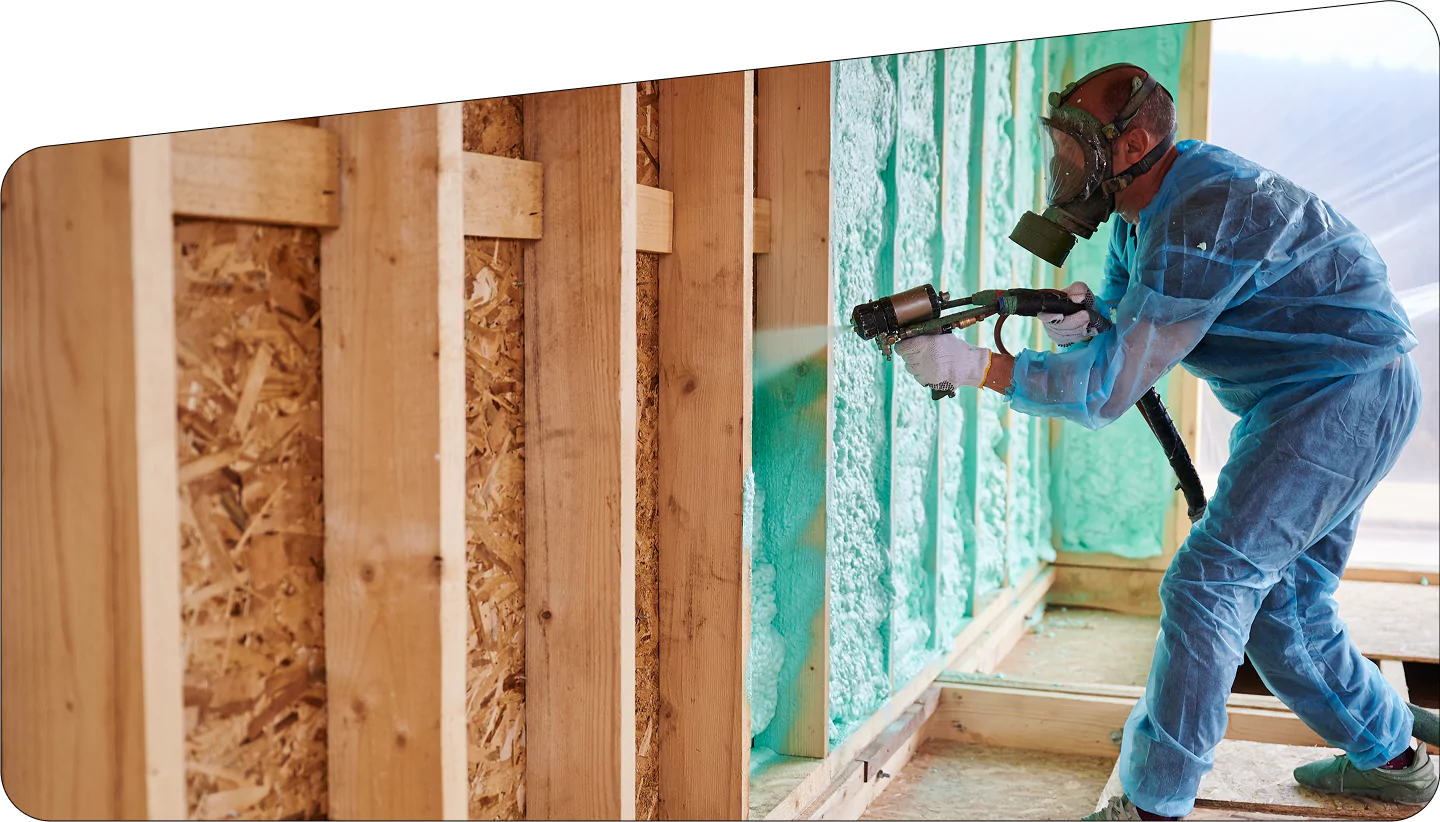
latest news & bLOGS
WHAT'S THE BEST METHOD
TO HEAT MY SPRAY FOAM
Generally speaking, drum temperatures have to maintain material between 70-80 degrees Fahrenheit on average to keep the product in good, well-working condition. The SDS issued by the material manufacturer will provide more precise guidelines for the temperature requirements.
A drum heater will keep the material inside the barrel at a perpetual warm temperature, ensuring that it is heated at every point.
Traditionally, contractors looking to maintain foam temperature for a reasonable price have been used. The issue with these heaters lies in that they can heat only a small portion of the drum. The result is that the heat is concentrated on a specific area of foam which makes some parts of the foam too hot while keeping the other parts too cold. Insulation blankets aren’t the most efficient drum heaters since they permit specific areas to be cooler than other areas, but cold material issues are not addressed.
A drum heater will keep the material inside the barrel at a perpetual warm temperature, ensuring that it is heated at every point.
Traditionally, contractors looking to maintain foam temperature for a reasonable price have been used. The issue with these heaters lies in that they can heat only a small portion of the drum. The result is that the heat is concentrated on a specific area of foam which makes some parts of the foam too hot while keeping the other parts too cold. Insulation blankets aren’t the most efficient drum heaters since they permit specific areas to be cooler than other areas, but cold material issues are not addressed.
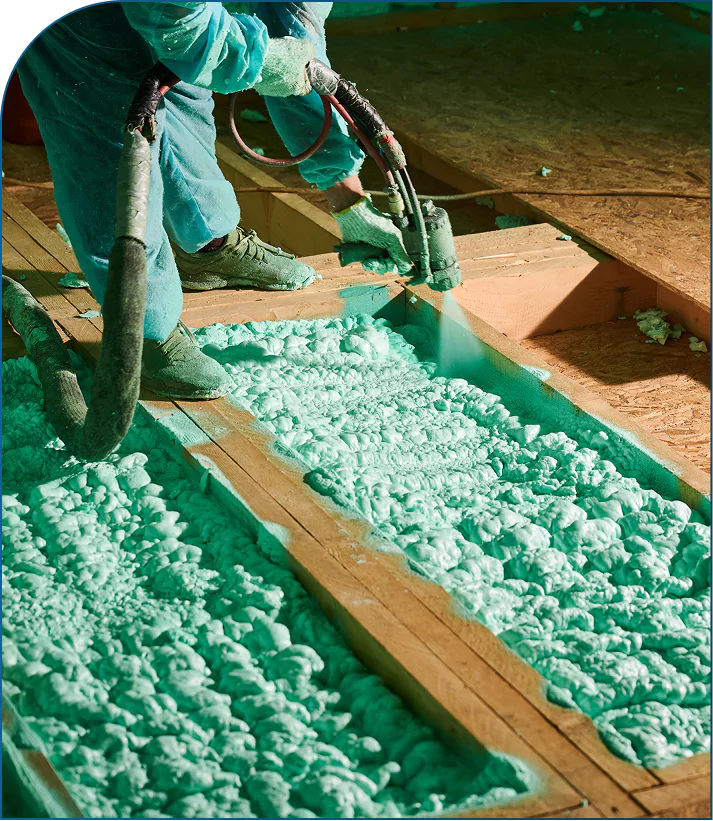
Even while the material within the drum stays hot, the heated hoses help keep the material temperature controlled until it can reach the spray gun.
There are supplemental solutions that will assist in keeping your product active that include; keeping your spray hose in good condition and keeping the hose and the drum elevated off of cold floors and snow so that warm air can enter underneath. Using a drum heater to warm the foam before starting the work is essential, but slowing down the dispense rate on the gun’s nozzle can also allow the process to work more efficiently. When running a hose from your rig, it is also a good idea to only pull it through a small opening, as larger openings are an easy way to lose heat.
There are supplemental solutions that will assist in keeping your product active that include; keeping your spray hose in good condition and keeping the hose and the drum elevated off of cold floors and snow so that warm air can enter underneath. Using a drum heater to warm the foam before starting the work is essential, but slowing down the dispense rate on the gun’s nozzle can also allow the process to work more efficiently. When running a hose from your rig, it is also a good idea to only pull it through a small opening, as larger openings are an easy way to lose heat.
WHEN SHOULD YOU BE
AVOIDING SPRAYING?
Do not start spraying foam insulation if the foam has not been maintained at the manufacturer-mandated temperatures. It’s also essential not to spray the substrate if it’s too cold. Spraying cold substrates will cause inadequate foam bonding (or completely) and cause it to break away from the surface, resulting in the loss of material. Open-cell spray foam should not be exposed to weather elements and is designed for inside use, while closed-cell spray foam can be used inside or exposed to weather elements outside
Join Us Today!
It is essential to consistently sharpen our abilities, seek new knowledge, and enhance the level and variety of services and products offered in today’s environment. This is why ArmorThane is so valuable. We not only provide information about polyurea technology to the industry, but we also provide a whole blog network of constantly updated websites which you can subscribe to in one place. You will receive a weekly newsletter with all the recent articles posted to our 250 blogs focused on the coatings industry. Click here to sign up today! You can develop your business relationships through articles in the newsletter and seasonal newsletters by making you more engaged in the industry and more profitable.
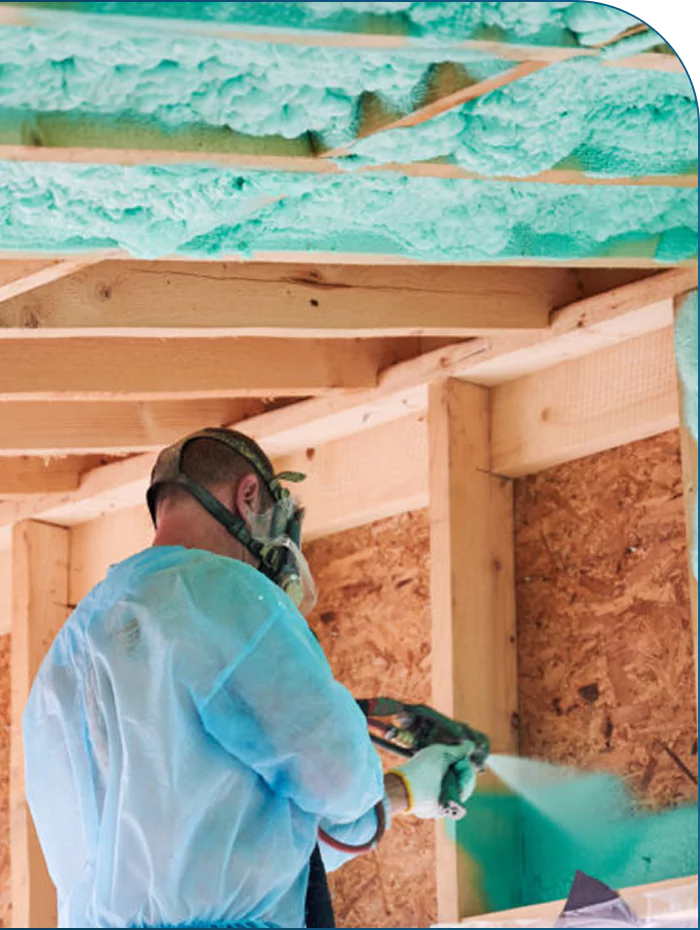
WANT TO BECOME A
CERTIFIED POLYUREA APPLICATOR?
A small investment for coating equipment and products will get you started in a new polyurea, polyurethane, and spray foam business or increase the revenue of an existing company. With no franchise fees or royalties, starting a business or other ArmorThane dealer business is a relatively low cost venture.
We provide personal training to get your new polyurea or polyurethane system up and going. Plus, we have a dedicated support team ready to assist you anytime you need us. We sell to dealers around the world who use our products for a wide variety of applications. These include everything from truck bed liners to animal habitats.
